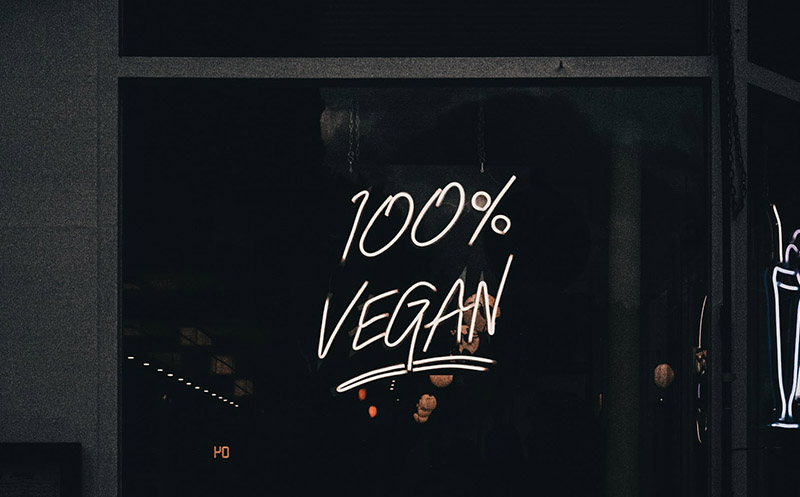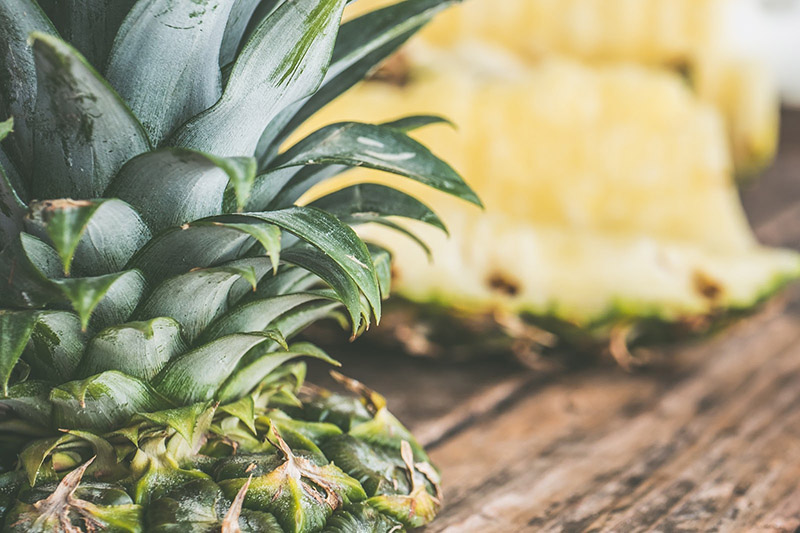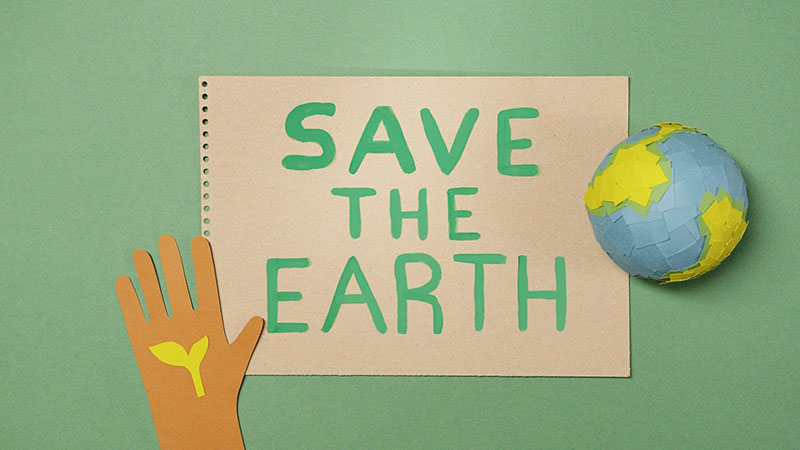
Vegan leather : a false good alternative ?
Several studies have definitively affirmed that a vegan diet is less harmful to our environment than a diet containing meat and dairy products. This new diet often leads to the assumption that we should take the same approach when it comes to our wardrobe, especially with leather.
With the fashion industry increasingly concerned about protecting the environment, brands are turning more to vegan alternatives.
But are alternatives to vegan leather really better for the environment than real traditional ? We answer this question in this article.
What is vegan leather ?
Vegan leather is not strictly speaking leather, which is by definition made from animal skins. The vegan version, on the other hand, is made from chemicals or plants.
Indeed, the term “vegan” in English designates a movement with a militant and more or less political dimension for the protection and defense of animal rights. Any form of animal exploitation is prohibited. Vegan leather is therefore a version of traditional leather, but respecting the ethical rules of veganism.
Just as leather is made from the skin of different types of animals, vegan leather is made from a variety of non-animal materials. There are two types of vegan leather : that made from synthetic materials and that made from plant skins. The first is made from polyurethane (PU leather) or polyvinyl chloride (PVC leather). PU leather is made by coating one side of the fabric (usually polyester) with polyurethane.
There are two processes for making PU leather, the most common being the wet process, which involves immersing the fabric in liquefied polyurethane, water and solvents, curing it, then detailing the material to mimic leather . The dry process removes the liquid and directly laminates the polyurethane to the fabric; this process requires less water and energy.
Making PVC leather is a similar coating process. Polyvinyl chloride is mixed with stabilizers, plasticizers and lubricants, then subjected to various heating processes, creating chemical changes to fix the paste to the fabric.
Very few leathers are made from plant skins, although more and more entrepreneurs are embarking on this adventure. These can be made using several types of plants such as:
- Cork ;
- kelp ;
- apple peels ;
- pineapple leaves ;
- tree bark ;
- hemp ;
- kombucha ;
- mushroom ;
- grapes ;
- eucalyptus.
Vegan leather: pros and cons
Benefits of vegan leather
- It’s ethical : apart from being nice to look at when it’s properly made, it’s cruelty-free. Indeed, according to PETA France, more than a billion animals are cruelly killed in the world for the leather trade each year, from cows to calves, including horses, lambs, goats, pigs, dogs and cats.
- Easier to work because finer and lighter
- Less expensive
- Easier to dye. Indeed, the tanning of traditional leather is a long process. and complicated, which additionally involves very harmful chemicals such as chromium.
- Almost as durable and strong as traditional leather when made from plant skins.
Disadvantages of vegan leather
- Less robust and durable than traditional leather. Indeed, leather made from animal skins can last a lifetime, and often improve over time.
- Less breathable. This is the case for vegan leather made from synthetic materials in particular. Traditional leather has pores through which the skin can breathe.
- Pollutant, because synthetic leather is made from plastic and is therefore not biodegradable

This set, offered by Label AÉ, is made of recycled and vegetable-tanned cowhide leather.
Is vegan leather eco-responsible?
According to the Environmental Profit & Loss study, the environmental impact of vegan leather production is up to a third lower than that of traditional leather. However, it is not eco-responsible.
To assess the durability of vegan leather, we need to look at its raw properties and how it is made – not all vegan leather is created equal.
As we said, some are made from plant materials, while others are created from synthetic materials. Thus, the use of vegan leather made from PVC or polyurethane, which are made of plastic, can pose durability problems.
Indeed, this type of leather presents a risk during and after its life cycle, as it can end up in water or in landfills. It takes years to break down and releases dangerous dioxins.
When you opt for traditional leather, it is not the animal skin that is bad for the environment, because it is a natural product. However, the chemicals used in the chrome tanning process are still extremely harmful. It therefore remains interesting to turn to traditional vegetable-tanned leather.
You can easily think that a product is better because it says “vegan” on it. However, it is still important to find out about the origins of the raw materials and the manufacturing processes used. This is the only way to avoid greenwashing, to be sure of the origin of our clothes and therefore of our environmental impact.
Yasmine Besbes


